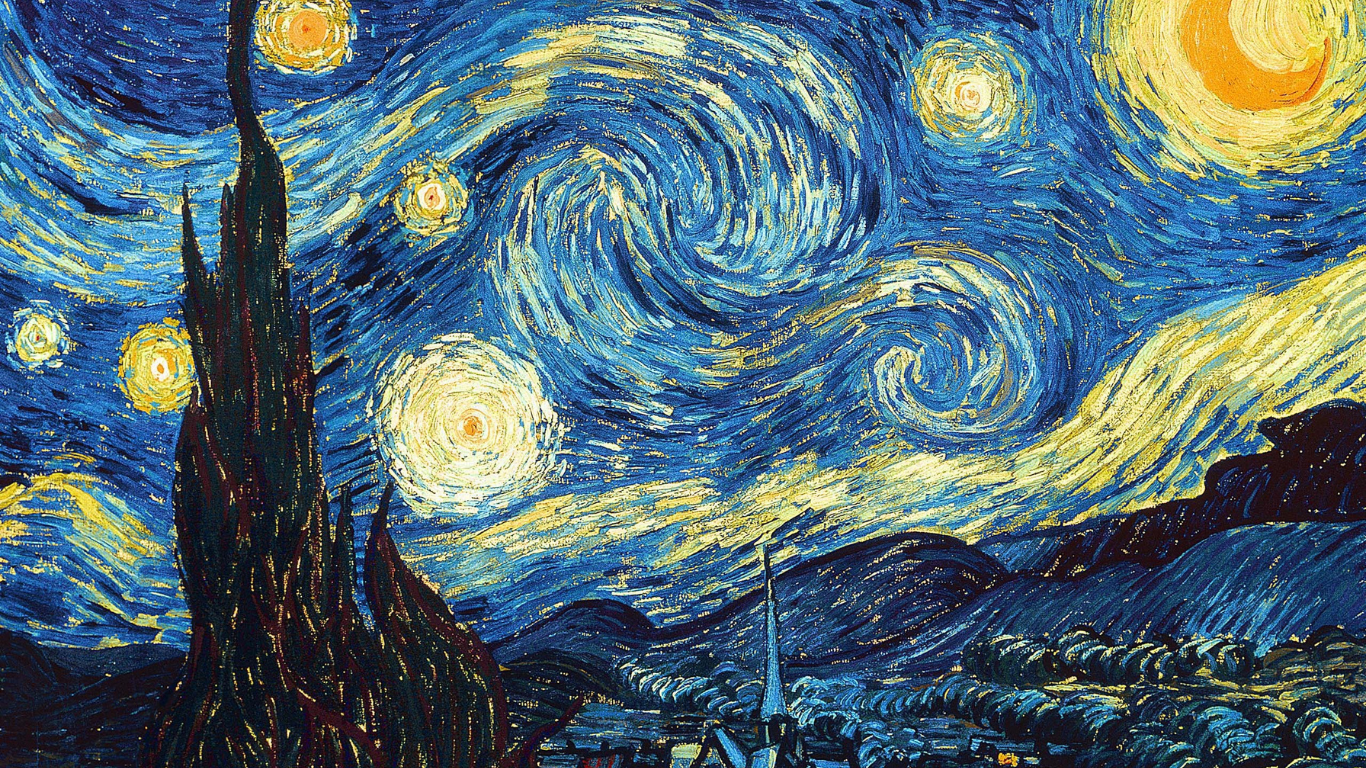Oil painting is a time-honored artistic technique known for its rich textures and vibrant colors. However, one of its most distinctive features is the drying time, which is considerably longer than other mediums like acrylic or watercolor. If you’re new to oil painting or simply curious about how long it takes for oil paint to dry, this guide will provide you with all the information you need. We’ll cover drying times, factors influencing the process, and tips to speed things up, ensuring your oil paintings look their best.
Understanding Oil Paint Drying Times
Drying vs. Curing Oil paint doesn’t “dry” in the same way as water-based paints. Rather than evaporating, oil paint hardens through oxidation and polymerization—a chemical reaction with the air. This means that the surface of an oil painting might feel dry after a few days, but it can take months or even years for the paint to fully cure, depending on thickness and environmental conditions.
Generally, oil paint takes about 24 hours to 14 days to become touch-dry in a thin layer. However, thicker applications can take months or even years to dry completely. The full curing process could extend up to 6-12 months before the paint is entirely hardened and safe to varnish.
Factors That Influence Drying Time
Several variables affect how long oil paint takes to dry, including:
- Paint Thickness: Thicker applications of oil paint (called impasto) can take significantly longer to dry than thin layers. Thin washes may dry within 1-2 days, while heavy textures could take months.
- Pigment and Color: Different pigments dry at different rates due to their composition. Earthy tones like raw umber and burnt sienna dry much faster than colors like titanium white, cadmium red, and alizarin crimson, which have more oil content and take longer to oxidize. Fast-drying pigments include raw umber, burnt umber, and Prussian blue.
- Oil Content: The type and amount of oil used in the paint formulation can influence drying. For example, linseed oil, which is commonly used in oil paints, tends to dry faster than other oils like poppy or walnut oil. Paints mixed with slow-drying oils will naturally take longer to harden.
- Environmental Conditions: Humidity, temperature, and ventilation can drastically impact drying times. A warm, dry, and well-ventilated space can speed up the drying process, while cool, humid environments may slow it down.
How to Speed Up Drying Time
If you’re working with oil paints and need your project to dry faster, there are several techniques you can employ:
- Use Alkyd Mediums: Alkyd mediums, like Liquin, are popular among artists for speeding up drying times. These mediums can reduce the drying time by up to 50%, making your painting touch-dry within days rather than weeks. They also provide a smooth finish and enhance flow.
- Apply Thin Layers: Using thinner layers of paint, particularly in the underpainting, allows for faster drying. Thin, diluted layers with a solvent like mineral spirits can dry within a day or two.
- Choose Faster-Drying Colors: Opt for pigments known for faster drying times like burnt sienna, cobalt blue, or raw umber. These colors often dry in 1-2 days, even when applied in relatively thicker layers.
- Maintain a Warm Environment: Keeping your studio warm (but not too hot) will promote faster oxidation. Avoid direct sunlight, though, as it can cause cracking or discoloration.
- Good Ventilation: Ensuring that the room where your painting dries has good airflow can also help speed up the process. This allows oxygen to reach the paint surface, aiding in oxidation.
Mistakes to Avoid When Drying Oil Paint
While you may be tempted to speed up the drying process further, there are some methods you should avoid:
- Using a Hairdryer: Although this might work for water-based paints, it’s ineffective for oil paints and could even damage your artwork. Hairdryers may cause surface cracking and uneven drying.
- Direct Sunlight: Though heat can accelerate drying, direct sunlight may cause fading, yellowing, or warping of the paint surface. It’s better to dry oil paintings in a warm, indirect light environment.
Testing if Your Oil Paint is Dry
A simple way to test if your painting is dry is to gently run your fingernail over the surface. If the paint comes off in powdery particles, it’s dry. If it comes off in sticky threads, the paint still needs more time.
Drying Stages of Oil Paint
Oil paint goes through several drying stages:
- Initial Drying: The surface layer hardens and becomes touch-dry in 24 hours to a few days, depending on the factors we’ve discussed.
- Oxidation and Polymerization: Over the next few weeks to months, the paint continues to harden underneath the surface.
- Final Curing: The final, deep curing can take 6 months to a year, making the painting ready for varnishing.
Oil Paint vs. Acrylic Paint Drying Times
Compared to acrylic paints, which dry by evaporation and can be ready in minutes or hours, oil paints require a much longer drying period. Acrylic paint is ideal for artists who want quick results, while oil paint is better suited to those who enjoy working with a slower-drying medium that allows for extensive blending and layering.
Conclusion: Patience is Key
When working with oil paints, patience is an essential virtue. Understanding how factors like pigment, oil content, environmental conditions, and application techniques affect drying times will help you plan your projects effectively. Whether you’re eager to speed up the process using alkyd mediums or content to let your work dry naturally, embracing the slower rhythm of oil painting can lead to beautiful, enduring results.
By following best practices and utilizing helpful tools, you can ensure that your oil paintings dry properly without rushing the process.
FAQs:
1. How long does oil paint take to dry?
Oil paint typically takes between 24 hours to several weeks to dry, depending on various factors like thickness of the paint, humidity, temperature, and the type of surface.
2. What factors influence the drying time of oil paint?
Factors such as the thickness of the paint layer, environmental conditions (humidity, temperature), the type of medium used, and the surface it is applied on can significantly affect the drying time.
3. Can I speed up the drying process of oil paint?
Yes, you can speed up the drying process by using fast-drying mediums, painting in thin layers, and ensuring a well-ventilated and dry environment. You can also use drying agents like cobalt dryer.
4. What is the difference between touch dry and fully dry for oil paints?
Touch dry refers to the top layer of oil paint being dry to the touch, which can take 24 hours to a few days. Fully dry means the entire paint layer has cured, which may take weeks or even months.
5. Does oil paint dry faster in the sun?
Direct sunlight can cause oil paint to dry faster, but it may also lead to cracks or discoloration over time. It is better to dry oil paintings in a well-ventilated, shaded space.
6. Why is my oil paint taking too long to dry?
If your oil paint is taking longer to dry, it could be due to thick application, high humidity, low temperatures, or the use of slow-drying oils like linseed oil.




